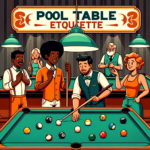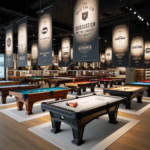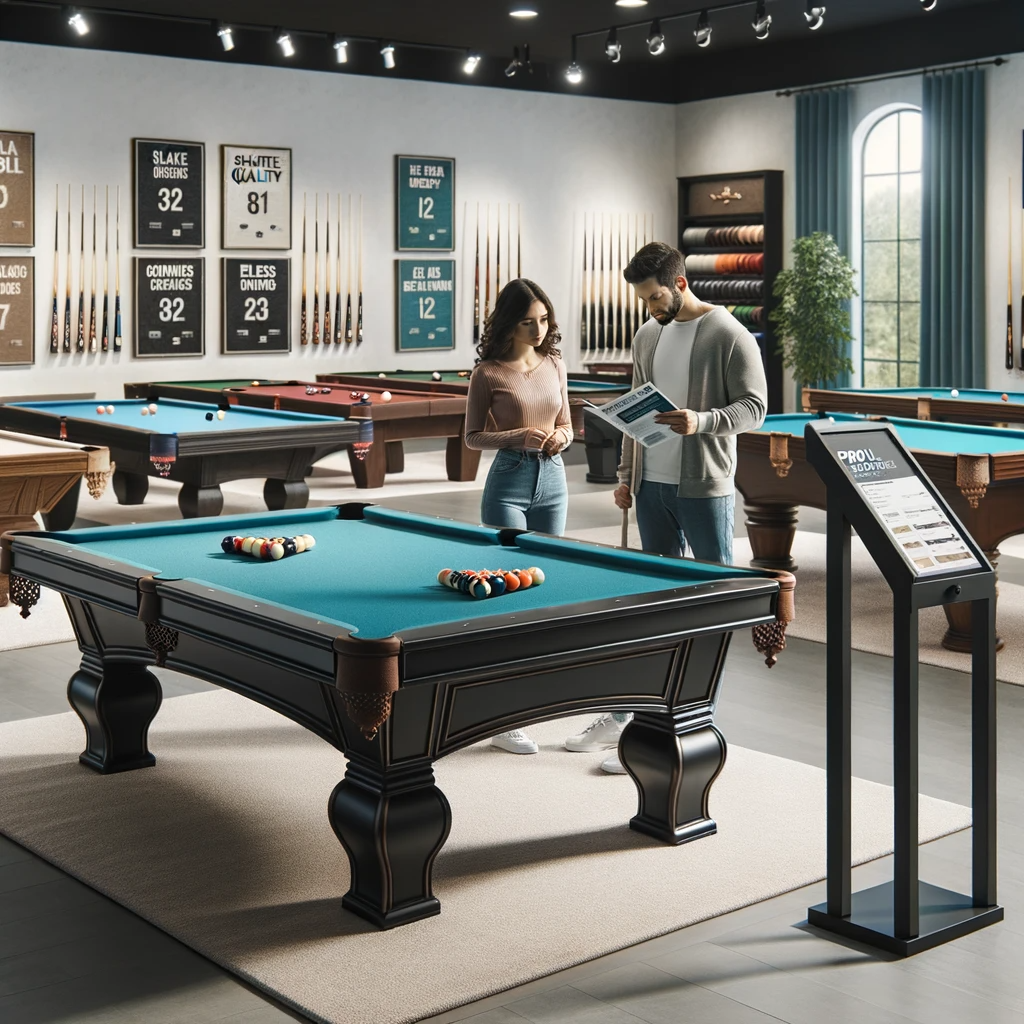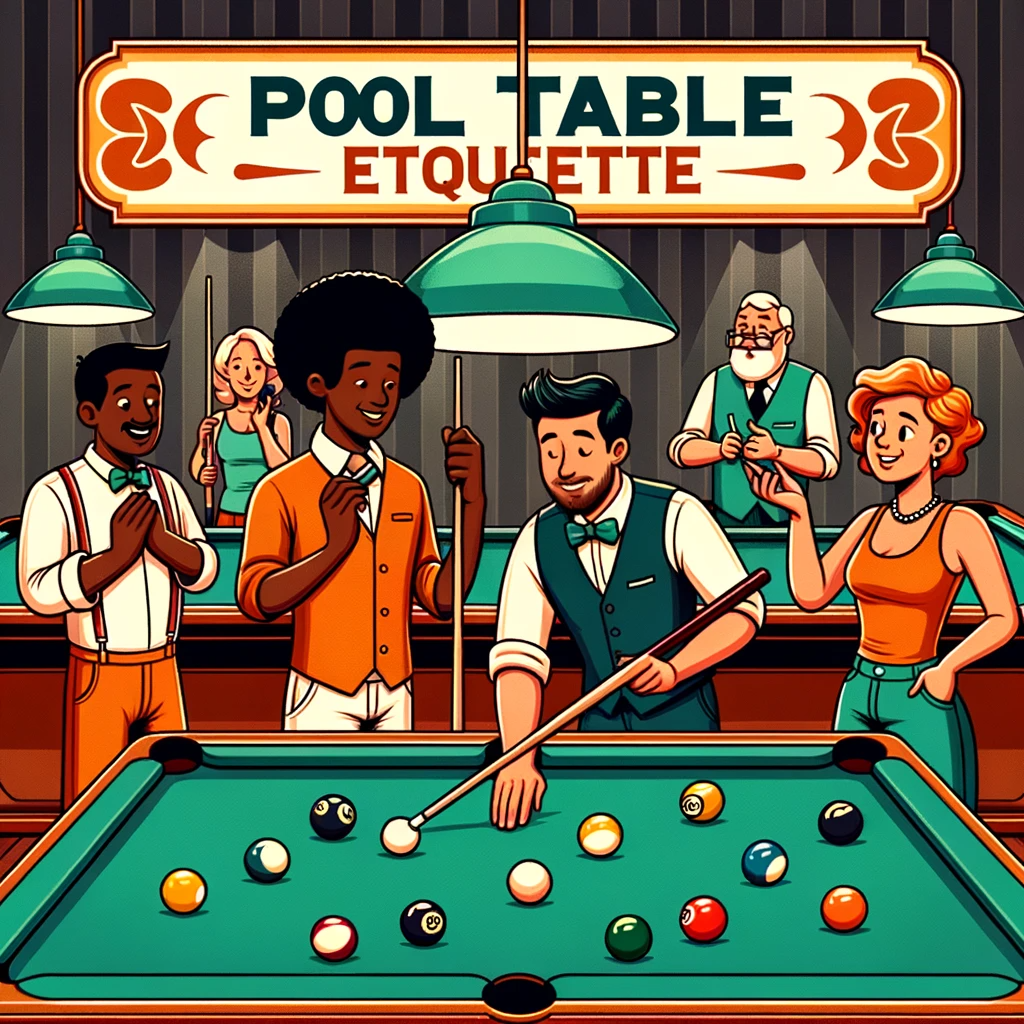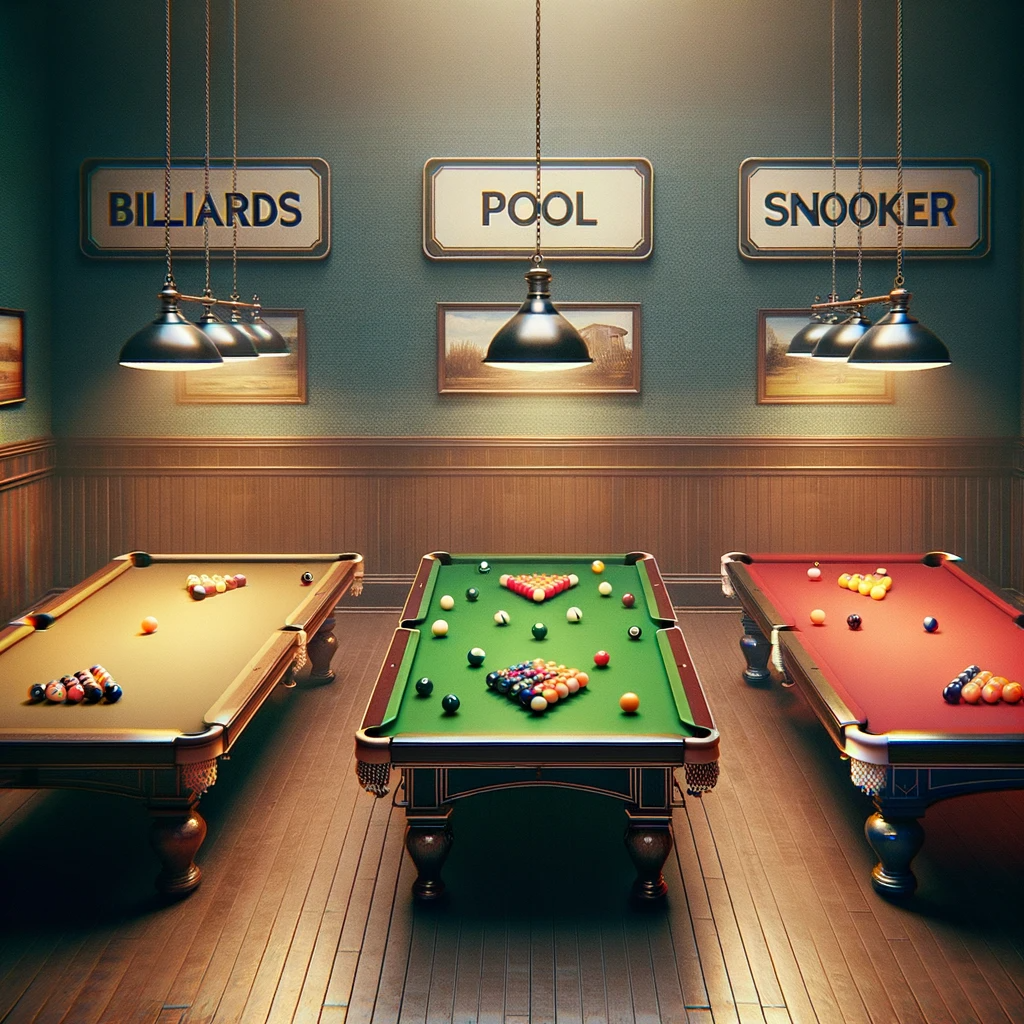Introduction

A Game with a Rich History
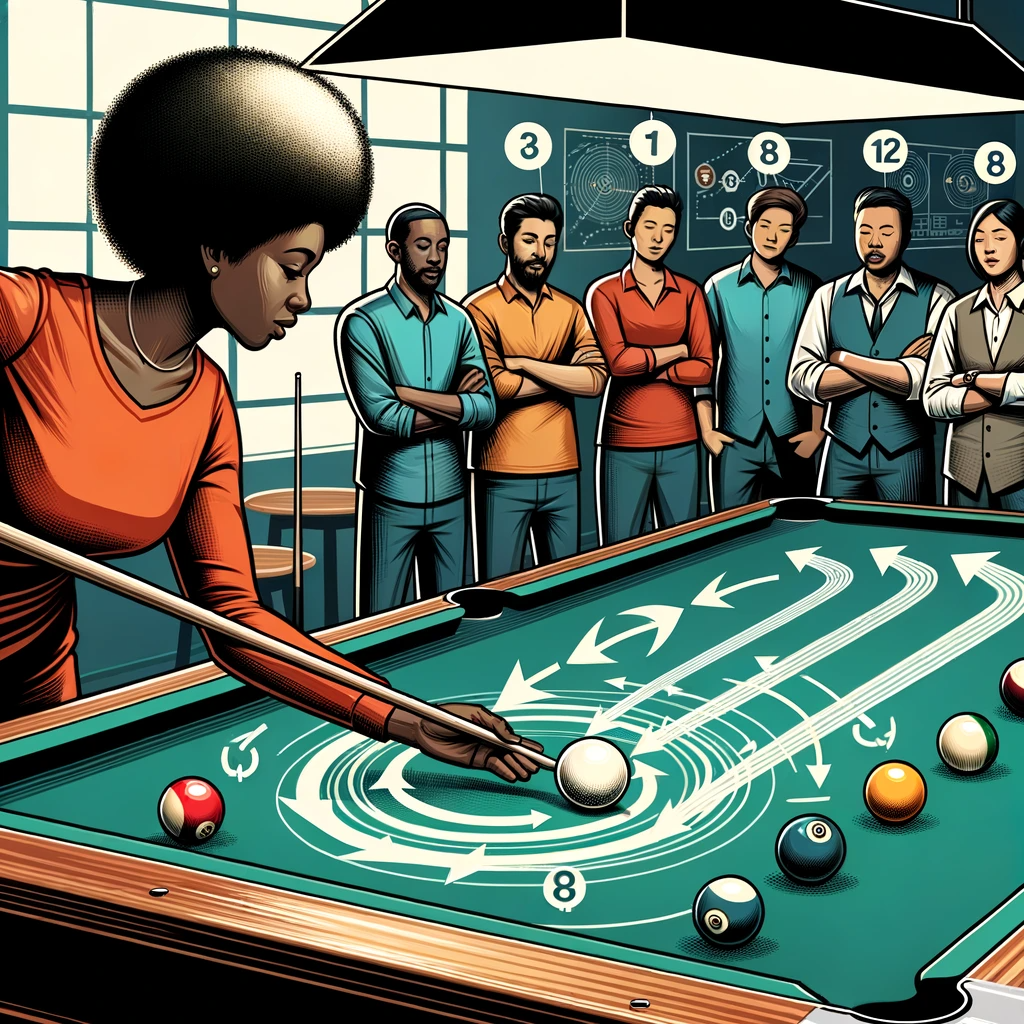
Pool tables, once known as billiard tables, have a fascinating history that dates back centuries. The origins of billiards can be traced to various ancient games played on grass and paved surfaces in different countries.
Over time, these games evolved into the modern version we now know as pool. It underwent significant changes during the 15th and 19th centuries, with its popularity growing rapidly across Europe and eventually spreading around the world.
The Key to Success: Mastering Playing Techniques
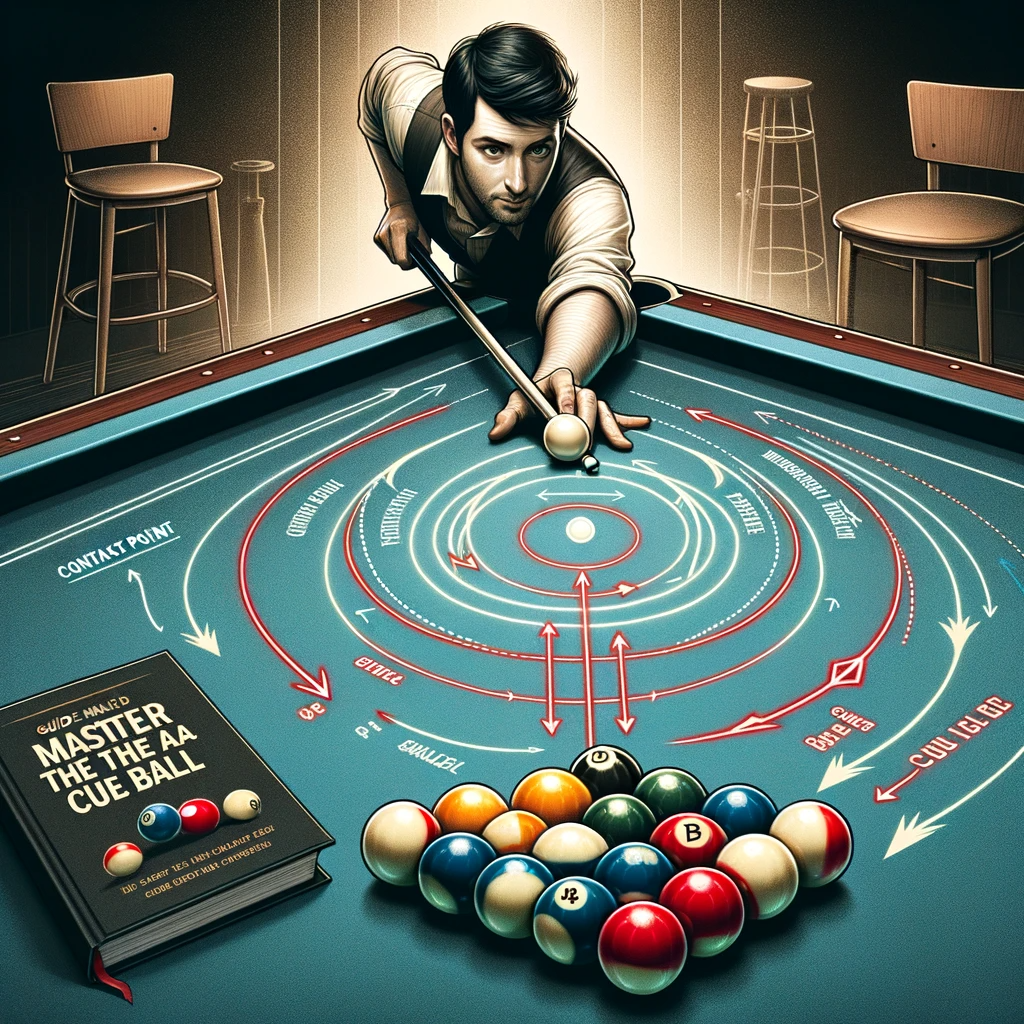
To excel at pool, it is crucial to master the playing techniques that make a successful player. Simply possessing knowledge of rules and basic shots is not enough; it’s the implementation of proper techniques that separates amateurs from professionals.
By developing proficiency in various aspects of the game such as stance, grip, bridge, cue ball control, shot execution techniques, and strategic play tactics like break shots and safety moves – one can significantly enhance their chances of victory. By dedicating time and effort to acquiring these skills, players can experience improved accuracy in their shots and gain better control over the cue ball’s movement on the table.
Additionally, mastering playing techniques allows players to perform advanced shots like caroms or masse shots that add excitement and challenge to their gameplay. Ultimately, by understanding and honing these techniques through practice and experience, players can elevate their game to new heights of skill and strategy
Fundamentals of Pool Table Playing Techniques
Stance and Body Positioning
Proper feet placement ensures stability and balance. Body alignment with the shot line helps maintain accuracy.
Grip and Bridge Techniques
Different types of grips include open, closed, and V-shaped. Various bridge styles such as open, closed, and rail bridge offer flexibility.
Cue Ball Control
Understanding cue ball spin is crucial for manipulating its trajectory. Mastering speed control allows for precise positioning on the table.
Shot Execution Techniques
Basic shots: Straight-in shots and stop shots
Proper cue ball placement is crucial for straight-in shots to ensure a successful pot. Place the cue ball precisely in line with the object ball, maintaining accuracy and minimizing deflection.
To achieve a stop shot effect, apply force to the cue ball in a controlled manner. Strike the cue ball with sufficient strength so that it stops immediately after making contact with the object ball.
Angled shots: Cut shots and bank shots
Determining the correct angle for cut shots requires using the ghost ball method. Visualize an imaginary ball representing where you want to hit the object ball to pocket it successfully. Adjust your aim accordingly, aligning your cue stick with this imaginary ghost ball position.
For bank shots, various aiming systems can be employed, such as the diamond system or parallel shift method. These systems help calculate the precise contact point on the rail, taking into account angles and rebound paths.
Advanced shots: Carom shots and masse shots
To execute carom (or combination) shots effectively, understanding angles and deflection is essential. Analyze how balls interact upon collision and anticipate rebound paths accurately to plan your shot pattern accordingly. Masse (or curve) shots involve bending or curving the path of both cue and object balls by applying spin through squeezing or gripping techniques on your cue stick.
This imparts a swerving motion to navigate obstacles or achieve advanced positional play. Remember that mastering these shot execution techniques requires constant practice, focus, and adaptability during gameplay situations.
Strategic Techniques in Pool Table Playing
Break Shot Strategies: Mastering Power Breaks vs Controlled Breaks
To achieve a successful break shot, players must choose between power breaks and controlled breaks. Power breaks involve hitting the cue ball with maximum force, aiming to scatter the balls across the table for potential pocketing opportunities.
Controlled breaks, on the other hand, require precise placement of the cue ball and a softer stroke to maintain control over specific clusters of balls. Executing power breaks requires focusing on a strong follow-through, generating maximum cue ball speed upon contact with the rack.
The objective is to create a favorable spread while keeping the cue ball near the center of the table for subsequent shots. Controlled breaks demand accuracy in striking the lead ball at an angle that allows optimal separation of balls while maintaining control over their movement.
Analyzing Rack Patterns for Optimal Break Results
Understanding different rack patterns enhances players’ ability to achieve favorable outcomes after breaking. Analyzing how balls are arranged in each rack can provide insights into potential pocketing opportunities and help determine which clusters should be targeted first. For example, observing clusters of solids or stripes can guide players’ decisions on whether they should aim for one particular set based on its positioning relative to others.
Recognizing patterns like triangle racks or diamond racks also assists in predicting how balls might react during and after breaking. By studying common rack configurations and experimenting with various strategies, players can develop an intuitive sense of how each arrangement will impact subsequent shots, enabling them to make informed choices during gameplay.
Safety Play Tactics: Understanding Defensive Moves to Frustrate Opponents
Safety play tactics involve intentionally playing a defensive shot with strategic placement of both object and cue ball to limit opponents’ options or force errors. These tactics often come into play when there is no clear pocketing opportunity or when preserving a lead becomes the priority
.
Defensive moves include snookering opponents by positioning the cue ball behind other balls or utilizing blockers to obstruct their view or access to viable shots. Playing safeties can force opponents into making risky shots, leading to mistakes and potential turnovers.
Mastering safety play involves a combination of foresight, precision, and an understanding of the opponent’s strengths and weaknesses. By implementing effective defensive strategies, players can place themselves in advantageous positions while simultaneously frustrating their opponents.
Conclusion
As players embrace strategic techniques in pool table playing, they unlock new dimensions of the game that go beyond basic shot execution. The mastery of break shot strategies grants players control over the initial momentum of each game, increasing their chances of securing favorable positions on subsequent shots. Similarly, understanding safety play tactics equips players with defensive moves that keep opponents on edge and potentially lead to advantageous situations.
By honing these skills alongside fundamental techniques like stance, grip, bridge, cue ball control, and shot execution, players can elevate their performance and make significant strides towards becoming well-rounded pool table players. With practice and dedication, every game becomes an opportunity for growth and enjoyment as strategies unfold on the green felt.


